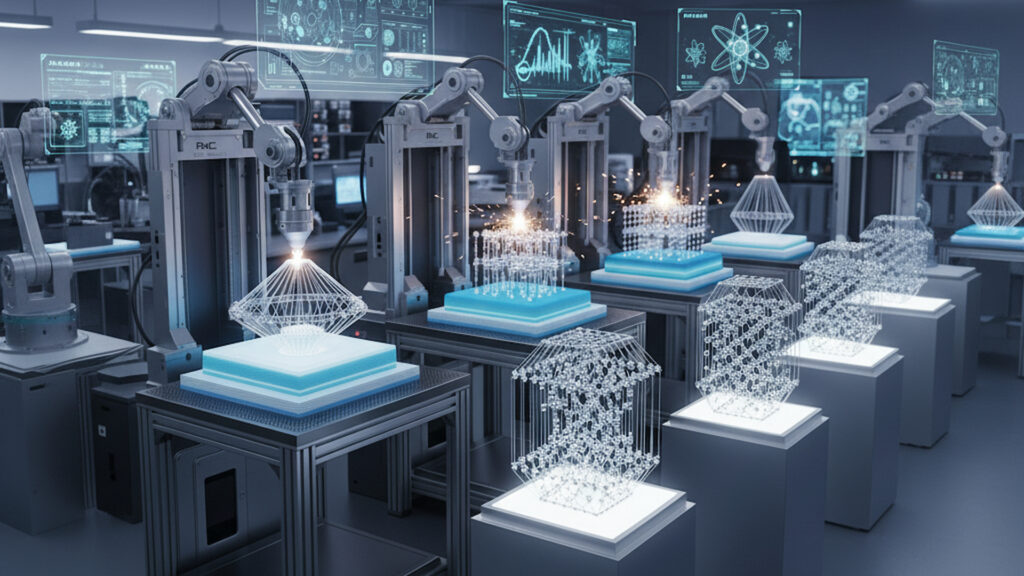3D-printed ion traps could accelerate quantum computer scaling
Researchers 3D-print ion traps that capture ions ten times more efficiently, opening the door to larger, scalable quantum computers.

Quantum computers may soon grow more powerful through 3D printing, with researchers building miniaturised ion traps to improve scalability and performance.
Ion traps, which confine ions and control their quantum states, play a central role in ion-based qubits. Researchers at UC Berkeley created 3D-printed traps just a few hundred microns wide, which captured ions up to ten times more efficiently than conventional versions.
The new traps also reduced waiting times, allowing ions to be usable more quickly once the system is activated. Hartmut Häffner, who led the study, said the approach could enable scaling to far larger numbers of qubits while boosting speed.
3D printing offers flexibility not possible with chip-style manufacturing, allowing for more complex shapes and designs. Team members say they are already working on new iterations, with future versions expected to integrate optical components such as miniaturised lasers.
Experts argue that this method could address the challenges of low yield, high costs, and poor reproducibility in current ion-trap manufacturing, paving the way for scalable quantum computing and applications in other fields, including mass spectrometry.
Would you like to learn more about AI, tech, and digital diplomacy? If so, ask our Diplo chatbot!
